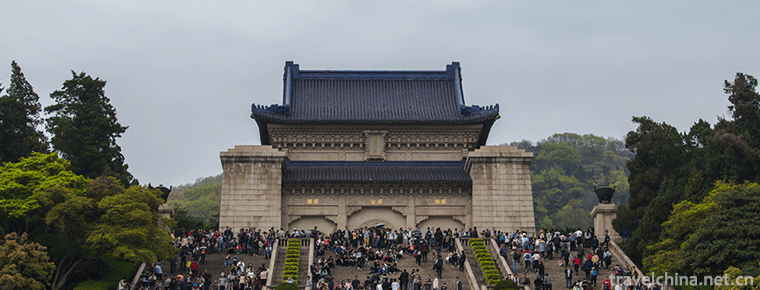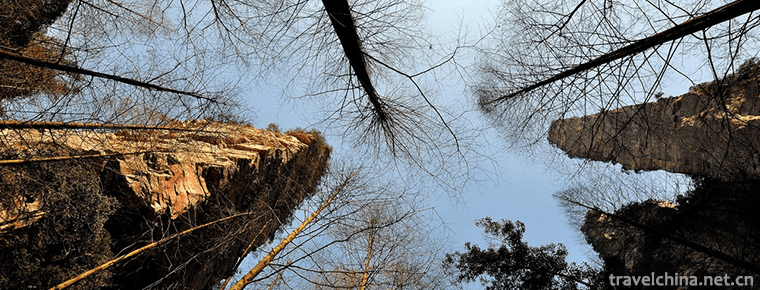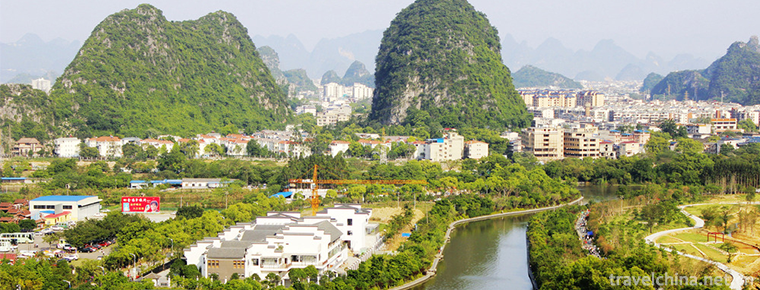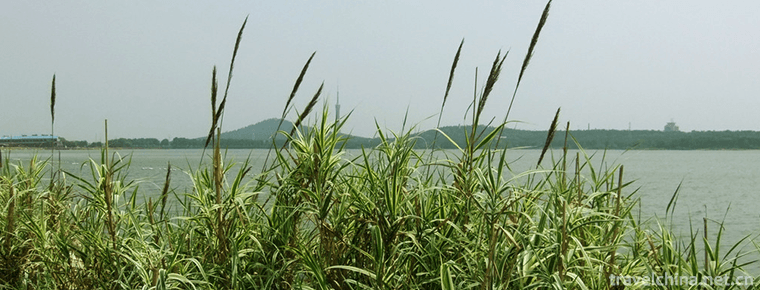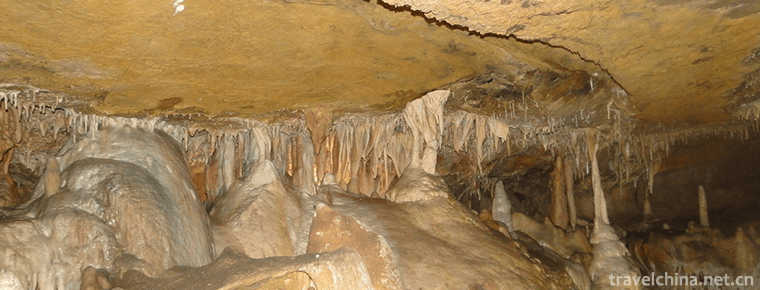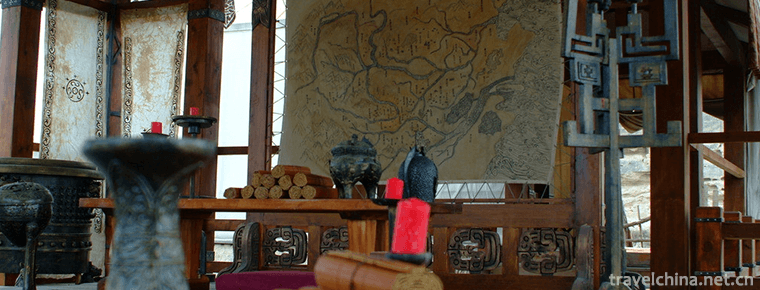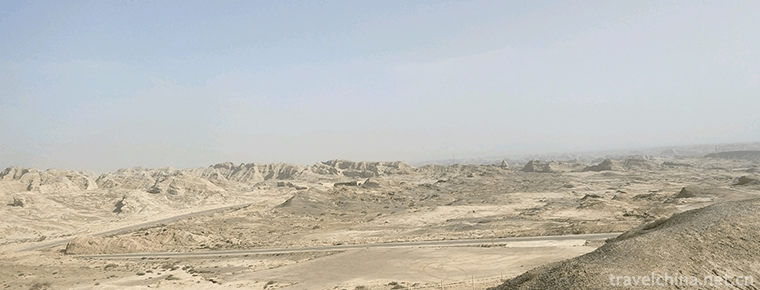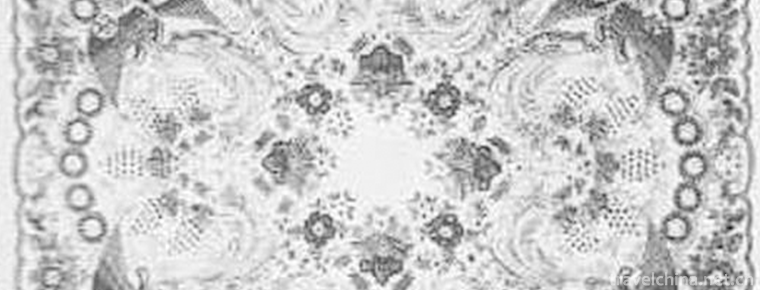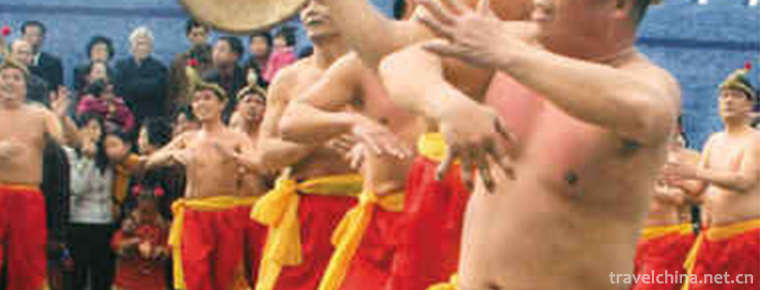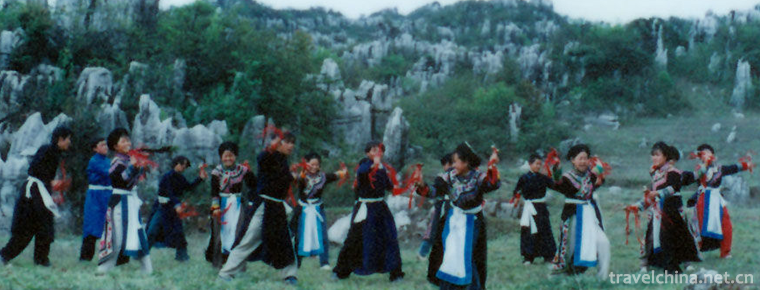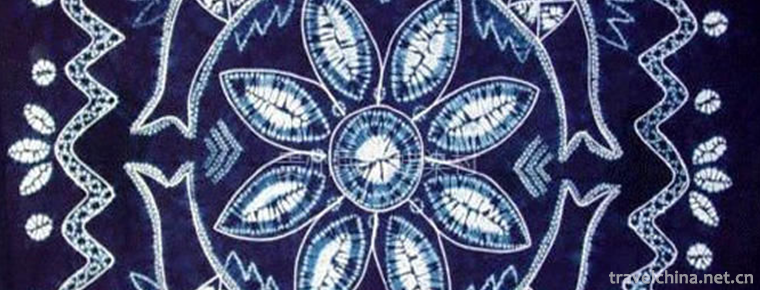High cavity
High cavity
Gaoqiang is one of the four major tunes in Chinese opera. Gaoqiang was originally called "Yiyang Cavity" or "Yiqiang Cavity", because it originated in Yiyang, Jiangxi Province. He is a variety of operas of Yiyang Opera and Qingyang Opera in Ming Dynasty. In the course of several hundred years'evolution, the branches of Yiyang Opera have changed greatly. They have different degrees of integration with folk music, thus forming different musical styles of Gaoqiang Opera. Its characteristics are simple performance, popular lyrics, high-pitched singing, one person singing and others, only with the golden drum festival, no orchestral accompaniment. There are many high-tune tunes, and there are prescribed "sets" in different plays. First use long and short sentences. The repertoire is rich, such as Huaiyin Ji, Hezhu Ji and White Rabbit Ji.
Since the mid-Ming Dynasty, it began to spread from Jiangxi to all parts of the country, and formed different styles of high-pitched tunes, including Ganxi Opera, Hubei Qing Opera, Hunan Changsha, Changde, Qiyang, Chenhe Opera, Sichuan Opera, Yunnan Opera, Beijing Opera, Xi'an, Xiwu, Houyang, Songyang Opera, Guangdong, Fujian and so on. Save some high-pitched operas.
On May 20, 2006, Gaoqiang was listed in the first batch of national intangible cultural heritage list with the approval of the State Council. The representative operas include Xi'an Gaoqiang, Songyang Gaoqiang, Yuexi Gaoqiang, Chenhe Gaoqiang and Changde Gaoqiang.
historical origin
The origin of Gaoqiang, represented by Yiyang Opera, is quite clear: the Northern and Southern Opera of Song and Yuan Dynasty gave birth to Gaoqiang music. From historical materials and plays, we can see the origin relationship between Southern Song and Yuan Dynasty Opera and Gaoqiang. In addition, in terms of singing style and accompaniment form, Gaoqiang's "Bangqiang" and percussion accompaniment have a certain origin relationship with Nanqu's "One Sing, One Sing, Many People's Harmony" and "Not Being Orchestrated". Gaoqiang inherited Southern Opera of Song and Yuan Dynasty, and absorbed Northern Opera of Yuan Dynasty in many ways.
Gaoqiang is divided into Houyang, Xiwu, Xi'an and Songyang. Houyang Gaoqiang is popular in Dongyang and Yiwu. Some people think that it may be the derivation of Yiwu Qiang and is good at performing martial arts. Xiwu Gaoqiang is named for its branch classes in Xiwu Village of Jinhuabei Township. Its singing is more euphemistic and plain than Xi'an Gaoqiang, and more rolling, which is related to Huichi elegant tune. Xi'an Gaoqiang is popular in Quzhou area. Quzhou was called "Xi'an" in ancient times, hence its name. Legend has it that Yiyang tune is closely related to Yiyang tune, and some people think it may be the legacy of Xiping tune. Its tunes and characters are many and few, with the characteristics of exhaustion. The above three kinds, all one singer, people help tune, gongs and drums help syllables, tune into the tune as you like.
Evolution of high cavity
In the process of its spread, Gaoqiang used the singing form of "apprenticeship song plus crowd harmony" and combined with local folk music, changed its tune and tended to be liberalized. After a long period of change, the branches of Gaoqiang vary greatly in different places. They are combined with folk music in different degrees, thus forming different types of Gaoqiang in different places.
From the middle of Ming Dynasty to the early Qing Dynasty, it was the golden period in the history of high-pitched operas. However, in the Qianlong period, flower operas such as Bangzi and Pihuang rose, and high-pitched operas declined in general. Even so, there were still more than ten kinds of high-pitched operas in the south, with Sichuan Opera, Hunan Opera, Qiju Opera and Ganju Opera having more influence.
Aria structure
Essential information
Most of the high-pitched voices are characterized by gongs and drums, no matter the chord, one person opens his mouth, the people are in harmony, and the tone is high and exciting. However, there are band accompaniments in Xiwu Gaoqiang and Songyang Gaoqiang, which are the unique forms of all kinds of Gaoqiang in China. The external form characteristics of high-pitched music can be summarized as three words: helping, playing and singing. Help, refer to the backstage help cavity. Hit, refers to percussion accompaniment. Singing refers to the singing of roles other than gangqiang.
Compared with Kun Opera, Bangzi Opera and Pihuang Opera, the unique singing form of Gaoqiang is "Bangqiang". The traditional Gaoqiang Bangqiang is sung by a band accompanied by percussion music, usually led by a drummer and joined by many musicians. From a dramatic point of view, Bangqiang plays a role in rendering the dramatic atmosphere and expressing the inner feelings of the characters.
Comparing with Kun Opera
Gaoqiang, like Kunqiang, belongs to the combination of Qupai. There is another characteristic of high-pitched singing, namely "roll singing". Rolling is also known as rolling, its form and position in the aria are relatively free, often in the form of dual sentences, there are also many long and short sentences. In the high chamber
There are few music cards that fully conform to the rhythm (word and sentence format) of Southern and Southern Qupai, many of which are quite flexible, and even some of them are totally incompatible with the rhythm of the original Qupai because of "rolling". The significance of roll singing in high-pitched tunes is not only limited to breaking through the limitation of music cards, but also has a great impact on the "liberalization" of high-pitched tunes.
Le Hui group
High-tune singing uses the method of "music convergence group" in the tone organization. The so-called "music convergence group" is composed of tone fragments such as music convergence as the basic material, and then these materials are assembled according to the specific word format of the words sung. Different "music convergence" is assembled into one tone sentence, and different tone sentences are assembled into one passage or piece of music.
Plate characteristics
Various types of operas in Gaoqiang have their own characteristics. The "one word" of Sichuan Opera's high-pitched tune is composed of a free-paced slate and a bang tune with three eyes. It forms a rhythmic contrast between the singing and the bang. The high-pitched tunes of Hunan Opera are often characterized by the appearance of syncopated rhythm, which forms the alternation of regular rhythm and syncopated rhythm. Zhugao cavity in Zhejiang Province is often used in a plate-like way, but there is a change in speed, either tight or slow.
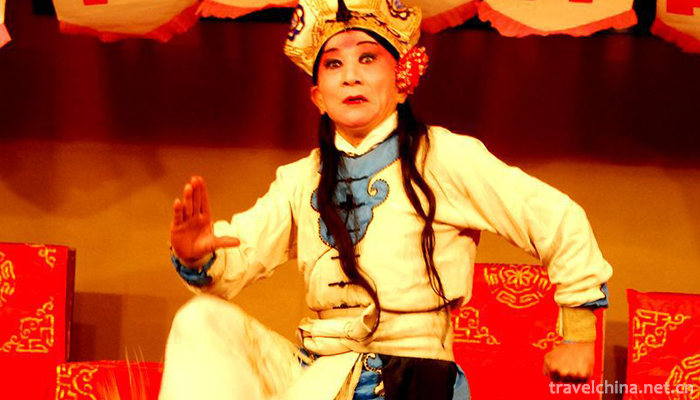
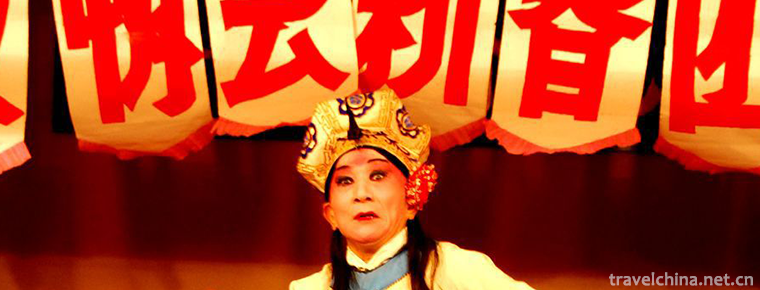
High cavity
-
Zijin Mountain Scenic Area
Zhongshan Scenic Spot, or Zhongshan Scenic Spot for short, is located in Zijin Mountain, Xuanwu District, Nanjing City. It is a famous scenic spot in China
Views: 190 Time 2018-12-06 -
Harbin Jinyuan Cultural Tourist Area
Harbin Acheng Jinyuan Cultural Tourist Area, the capital of Jin Dynasty from 1115 to 1234, is the only well-preserved capital site of Jin Dynasty. Up to now, the Royal City's Wumen Gate and palace bui
Views: 540 Time 2019-01-13 -
Jiangwan Scenic Area of Wuyuan
Jiangwan Scenic Area is located in the northeast of Wuyuan County, Jiangxi Province, Shangrao City. It is an ancient village with rich Huizhou culture. Up to now, the village has preserved a large num
Views: 225 Time 2019-01-21 -
Longzi Lake Scenic Area
Longzihu Scenic Area, located in Longzihu District of Bengbu City, Anhui Province, is a national AAAA-level tourist attraction, a national ecological demonstration area and a provincial-level scenic s
Views: 176 Time 2019-02-06 -
Lushan Karst Cave Group Scenic Area
Yiyuan Karst Cave Group is located in Nanlushan Town, 7 kilometers northwest of Yiyuan County. It has been proved that there are more than 100 caves in the area of 5 square kilometers around the ape-m
Views: 182 Time 2019-02-06 -
Niulang and Zhinu Scenic Spot
Niulang Zhinu Scenic Area is located in Yanya Town, southeast of Yiyuan County, Shandong Province, 15 kilometers away from the county town. The scenic area is mainly composed of Daxianshan Mountain
Views: 402 Time 2019-02-07 -
Yangda Kuduktur Beacon Platform Site
Beacon also known as beacon platform, beacon platform, Yandun, pyrotechnic platform. If there were enemies, smoke in the daytime and fire in the evening were the quickest and most effective ways to tr
Views: 225 Time 2019-03-02 -
Drawing Shantou Drawing
Drawing is a kind of embroidery, also known as "lace". Legend has it that yarn drawing originated in Italy, France and Portugal, and was developed on the basis of folk embroidery in the Midd
Views: 169 Time 2019-04-18 -
Danzhou tune
Danzhou tune is a traditional folk song which only spreads in Danzhou of Hainan Province and has a unique regional style. It is sung in Danzhou dialect with a lively rhythm
Views: 146 Time 2019-04-25 -
Quanzhou breast clapping dance
Breast-clapping dance, also known as chest-clapping, seven beats, flower-clapping and beggar dance, is a traditional dance originating in Quanzhou, Fujian Province. It is widely spread in Quanzhou cou
Views: 179 Time 2019-06-11 -
Ring Dance of Yi Nationality
Ling Dance of the Yi Nationality, to be known as foot-jumping, is called "Qi He Zhe" in the Yi language, which means the spiritual farewell dance. It is a traditional folk dance performed an
Views: 148 Time 2019-07-12 -
Tie dyeing skills
Tie-dyeing, known as Zha Val, Ge Val, Jia Val and Dye Val in ancient times, is a traditional and unique dyeing process of Chinese folk. A dyeing method in which fabrics are partially tied up so that t
Views: 166 Time 2019-07-16
